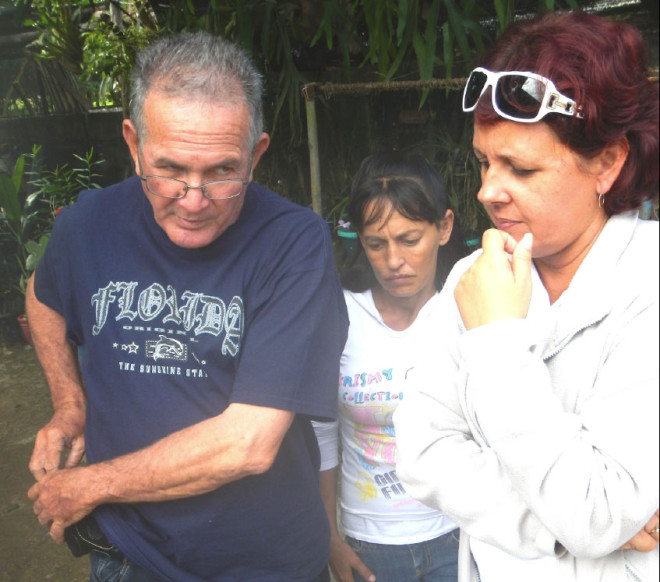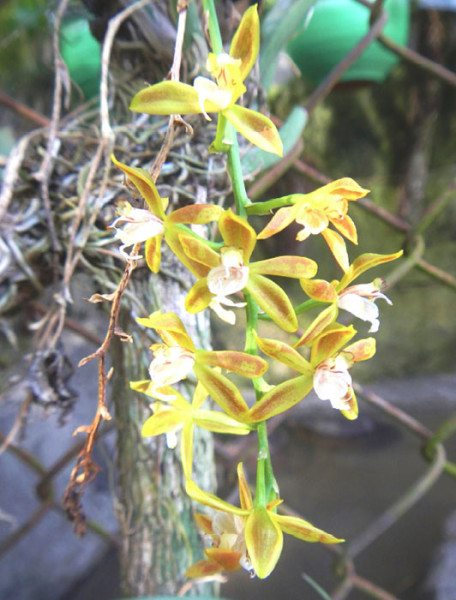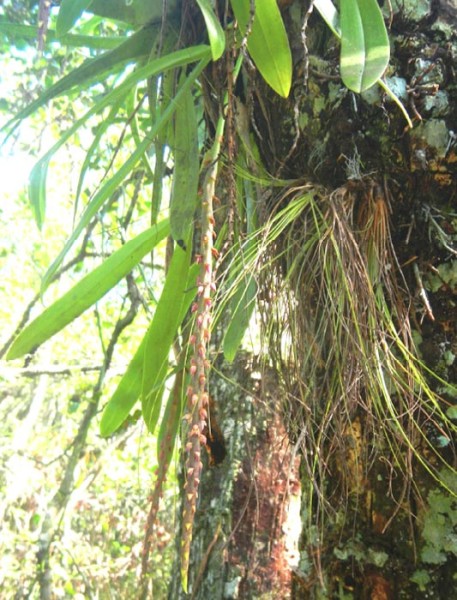by Dennis Giardina
When life itself seems lunatic, who knows where madness lies? Perhaps to be too practical is madness. To surrender dreams – this may be madness. Too much sanity may be madness – and maddest of all: to see life as it is, and not as it should be!
Miguel de Cervantes Saavedra,
“The Ingenious Gentleman Don Quixote de la Mancha”
Luckily, I was born with an innate sense of optimism. Within the sea of impulses, thoughts and emotions in my head, there has always been this particularly buoyant one. Over the course of my life I have cultivated a relationship with this “logos” or inner guiding voice and it has helped me to develop a more positive perspective on my life and life overall. Before I read anything at all about Plato, the ideal of a life worth living being one that is focused upon the just, the good, and the beautiful made sense to me. The just, the true, and the good can be a bit hard to pin down but to me or any beholder, the beautiful is self-evident and my pursuit of the beautiful has brought with it some insight into the other perhaps more noble concepts and they have brought me to this point. To me, Fakahatchee’s native orchids are beautiful – to protect and conserve them is good and to bring back those that were wiped out by short-sighted human enterprise is just.
I returned to Cuba for the fourth time in two years, during the last week of November, 2014. Six months beforehand, my colleague and friend Rolando Pérez, the Director of Science at Orquideario de Soroa Botanical Garden began the paperwork process to be able to take me with him to collect fruits and specimens of our lost orchids at four separate sites in western Cuba. When he received the reply from the University of Pinar del Rio, they authorized only one of the four sites, Ciénaga de Zapata. There was no explanation as to why the other three sites were not permitted, they just weren’t. When I was a kid the governing structure of our house was a sort of benevolent dictatorship and I knew that when I asked my father if I could go somewhere or do something beyond what he was comfortable with, the first answer was always no. Unlike my childhood, where an explanation of the reasons for rejection were usually delivered and my appeal given a chance to be heard, the answer was no and there was nothing I could do about it.
After I arrived at Jose Marti Airport, for the second time I was pulled aside and interviewed by a uniformed official before I exited with my luggage. When I walked outside, Rolando was there to greet me. As we walked together to the car rental office right next door, we were stopped by a plain-clothed officer of some type and Rolando was made to show his ID and questioned as to what he was doing with me. These episodes of unnerving, authoritarian inconvenience apparently come with being in Cuba and they were starting to add up. Although I am tempted to complain about the things that I have experienced and felt while in Cuba and to repeat some of the things that my Cuban friends and colleagues have whispered to me, I don’t want to overreact to them or understate the generosity and welcome that I have received from officials of the Cuban government. I’ll just sum it up by saying that my experiences there have made my appreciation of the rights I enjoy as a U.S. citizen something much more palpable. My visits to Cuba have helped to bring out my inner patriot.
Driving in Cuba is stressful, especially in Havana. I was glad that I was able to pay an additional fee to allow Rolando to drive the little Kia rental car but I’m not sure how much less stressful it was ultimately because of the way he drove it. He drove us to Soroa where I spent the night in a guest house and the next day he drove us to Ciénaga de Zapata, the bootshaped peninsula on the Caribbean coast south of Havana.
We picked up our friend and colleague Leyaní Caballero who is the community outreach person at the biosphere reserve and a truly lovely person. She is also a botanist and she wrote the book on the orchids of the Zapata Swamp. Our next stop was at the home of Doña Tica, a woman who lives in the community on the outskirts of the reserve and a real character. She loves orchids and has a pretty impressive native orchid collection in her backyard, including a couple of Florida’s lost orchids.
The four of us made our first exploration into the Zapata Swamp a short drive from Tica’s house. As we walked down the grassy path that led into the reserve, I got my first glimpse of the friendly but antagonistic dynamic between Rolando and Tica, constantly teasing each other and laughing like kids. While Leyaní and I walked behind them, conversing much more amicably, I also got my first glimpse of the swamp’s mosquitos and they got their first taste of me.
Over the course of three days we explored the Zapata Swamp Biosphere Reserve. We found many species of orchids, including a monster specimen of the cigar orchid, Cyrtopodium punctatum, growing where we suspect they once grew in Fakahatchee, up in the forest canopy. On our first foray out into the swamp we stumbled across a nice colony of Macradenia lutescens, one of the Everglades lost orchids in fruit and we collected several ripe seed capsules. On day two, we ventured a bit farther out into the reserve to the area of San Lazaro where we collected many specimens of Encyclia and Tolumnia, species of particular interest to Rolando for the botanical garden’s collection.
On the third day, we enlisted the help of one of the locals, a man who subsists in part by hunting and fishing around the reserve, whose wife also loves orchids and they, too, have a collection of native Cuban orchids in their backyard. During one of his hunting trips, he encountered an orchid species that caught his eye because he’d never seen a flower like it before. He brought back a sack full of them and attached them to the mango and avocado trees on the side of their house. Without knowing it, he discovered the first population of Bulbophyllum pachyrachis, rat tail orchids in the Zapata Swamp.
After a two and a half hour drive on a Janes Scenic Drive-like dirt road, we started down a foot path that led us out into the deeper swamp where a world class swarm of mosquitos celebrated our arrival. As we crossed through a marsh and then a deep slough, I patted the machete on my hip and I thought about Cuban crocodiles, Crocodylus rhombifer, a small but reportedly very aggressive species. I hoped that if we were to see one that we’d see it before it saw us. We startled a flock of wading birds from their perch and heard the splashing of something large out in the water beyond our line of sight.
As the trail rose up out of the murky water, we re-entered the broadleaf forest. Ahead of us was a fairly large tree, laden with epiphytes. As we walked closer I couldn’t believe my eyes and I found myself looking at something that up until that point I had only dreamed of seeing – a wild population of rat tail orchids. In my head I heard the voice of Mike Owen screaming, “Touch down!” I climbed up into the tree and inspected the dozens and dozens of Bulbophyllum pachyrachis orchids that were at that moment in full raging bloom but the most important question was, were there any in fruits? Were there any seed capsules?
To be continued…
Dennis Giardina is the Everglades Region Biologist for the Florida Fish and Wildlife Conservation Commission. He was formerly the Park Manager of Fakahatchee Strand Preserve.



